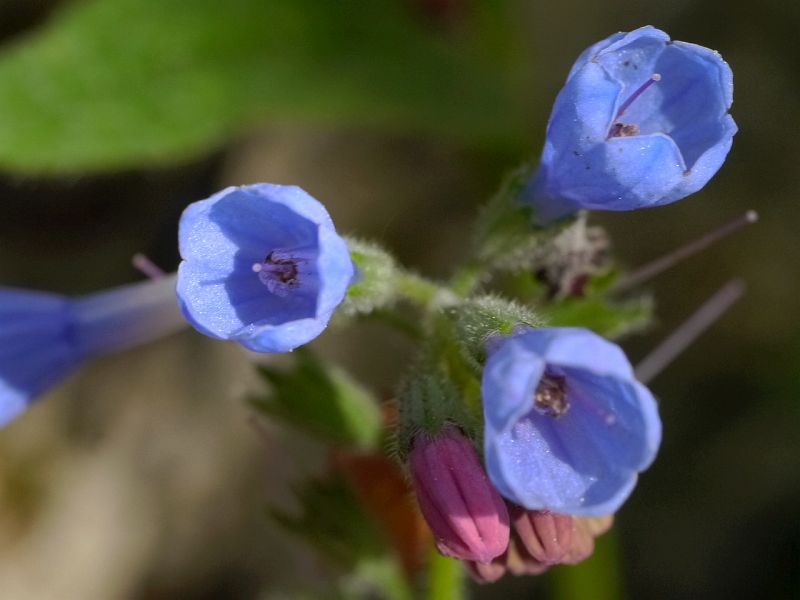
Clusters of mauve pink bells bloom in late spring to early summer (June-July) atop stems rising from the foliage mound to 4-5' tall. It typically grows in a rosette to 18" tall with a spread to 24-30" wide. ‘Axminster Gold’ is a vigorous variegated-leaf cultivar that features striking grayish green leaves with broad yellow leaf margins. You can also dry the herb and use it to make a salve for cuts and scrapes, as well as for long infusions to drink throughout the season.

It typically grows in an upright clump to 18-24 tall with flower stems to 4-5'. Often, it is used as a green mulch to feed other plants leaves and flowers are tilled into the soil to enrich it for next year’s crop. asperum) that grows in waste areas and disturbed soils in the Caucasus Mountains. It should be noted, however, that the leaves are poisonous if ingested. Comfrey leaves (Symphytum uplandica x) Linden flower Some other foods to add into your diet are: Green Juices (for the alkalinity) Magnesium (Raw cacao, or a gel applied topically along with a 2nd option for you to check out. Symphytum × uplandicum, commonly known as Russian comfrey, is a naturally occurring hybrid ( S. officinale) have been grown in medicinal herb gardens for several centuries for the purported healing properties of the leaves and roots when applied as a poultice to inflamations and wounds. Specific epithet means of Uppland, Sweden. Genus name comes from the Greek words symphyo meaning to grow together and phyton for plant as the plant was believed to help heal wounds. From pinkish buds, flowers open up rose but mature to purple. It features large, oblong to elliptic-lanceolate, medium green leaves (to 14” long at the plant base) and bell-shaped, bluebell-like flowers that appear in drooping clusters (scorpiod cymes) from mid-spring to early summer.

It typically grows in an upright clump to 18-24” tall with flower stems to 4-5'. asperum) that grows in waste areas and disturbed soils in the Caucasus Mountains. uplandica Plant Family: Boraginaceae, Borage Family Parts Used: Leaves, Stalks, Flowers and Root Actions: Tonic, Demulcent, Expectorant, Vulnerary, Astringent (Systems affected: Lungs, Stomach, Kidneys, Bone and Muscles) Habitat: Comfrey is native to Europe. Symphytum × uplandicum, commonly known as Russian comfrey, is a naturally occurring hybrid ( S. Symphytum uplandica, the cultivated form of comfrey, has small blue and purple flowers and contains all the healing potency of wild comfrey without harsh. Symphytum × uplandicum is generally a coarse, hairy, rhizomatous perennial that is typically grown in borders and shade gardens for its attractive foliage and Virginia bluebell-like spring flowers.


 0 kommentar(er)
0 kommentar(er)
